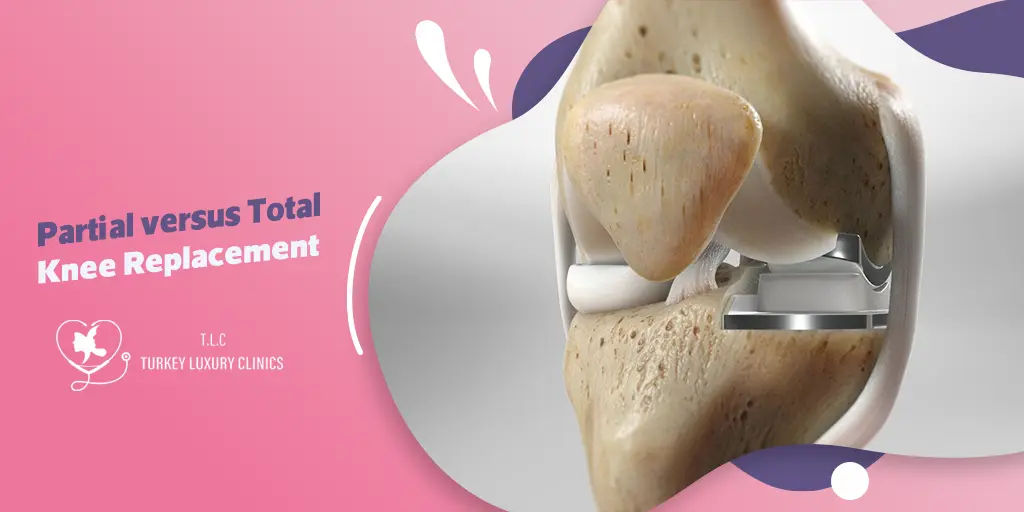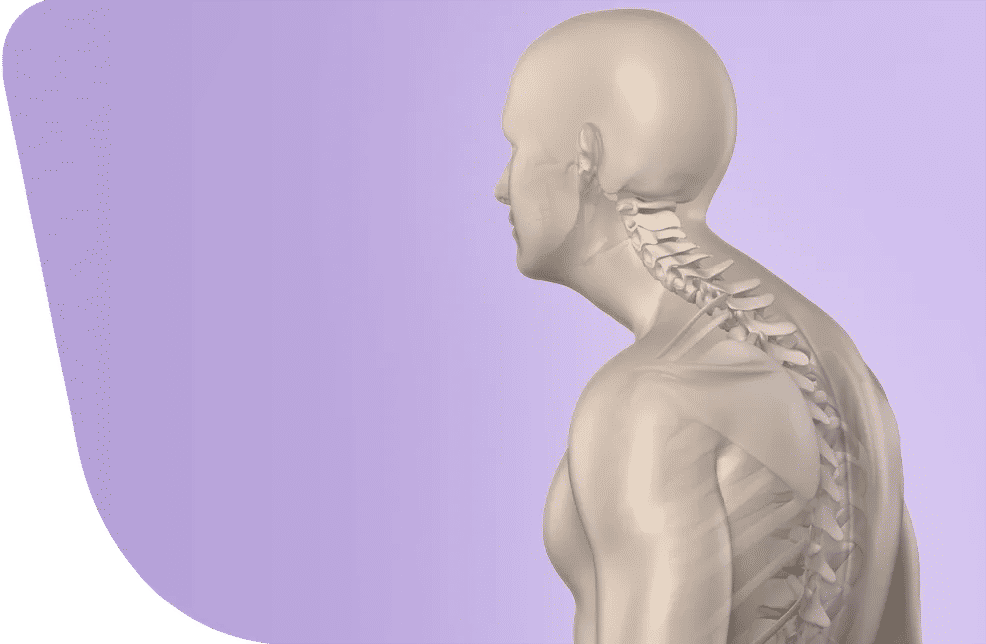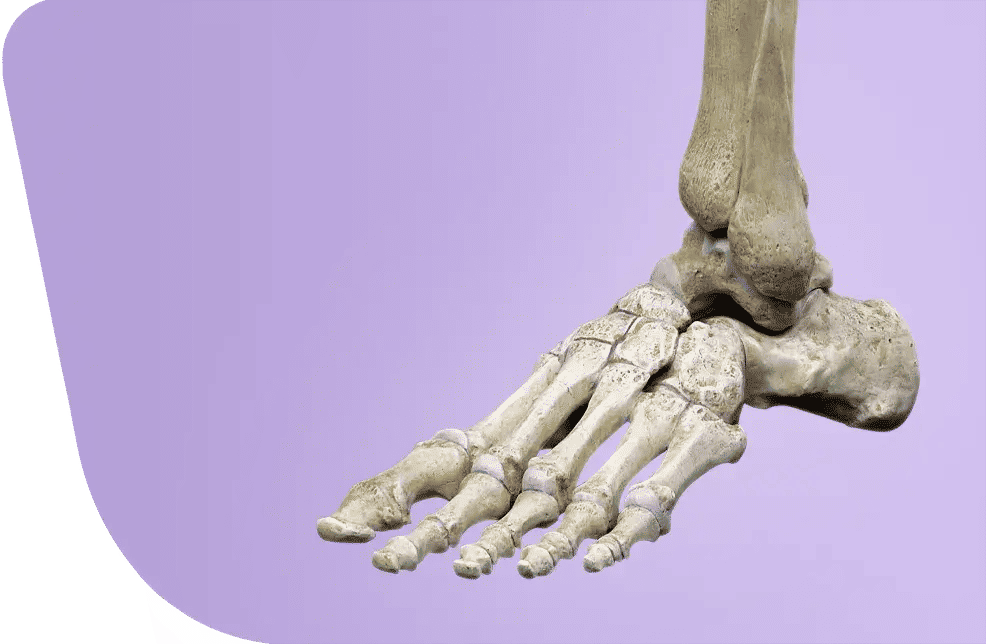- - What is the Difference between Total and Partial Knee Replacement?
- - What Are the Benefits of Total Knee Replacement?
- - What Are the Benefits of Partial Knee Replacement?
- - Partial vs. Total: Can I Choose?
- - Final Results
If you're dealing with knee osteoarthritis, you're not alone. In fact, there are a number of surgical options out there to help you regain mobility and quality of life. One of these is a total knee replacement, also known as a total knee arthroplasty.
This is a highly successful procedure, but it's not the only one. If you're a candidate for a partial knee replacement, also known as an uni-compartmental knee arthroplasty, it could be a great fit for you.
What is the Difference between Total and Partial Knee Replacement?
The knee is the largest joint in the body, and it's important to have healthy knees to be able to do most everyday activities. The main components of the knee are:
- The lower end of the thighbone (femur)
- The upper end of the shinbone (tibia)
- The kneecap (patella)
Some people with knee osteoarthritis only have problems with one part of their knee. This is usually the inside part. It's less common for the lateral compartment to be affected, but it can happen.
As the name suggests, a partial or uni-condylar knee replacement replaces only the affected compartment of the knee. On the other hand, if you need your whole knee replaced, a total knee replacement is the way to go. This involves replacing all three compartments of the knee.
The great thing about a partial knee replacement is that just one compartment is replaced, while the anterior and posterior cruciate ligaments are preserved. In a total knee replacement, the ligaments are carefully removed. It's important to understand that with a partial knee replacement, you'll have less disruption to your own body structure, which is really beneficial for you.
What Are the Benefits of Total Knee Replacement?
Complete Pain Relief. A total knee replacement can provide complete pain relief for patients who suffer from severe arthritis of the knee, allowing them to return to an active lifestyle.
Stability improvements. Replacing the whole joint with a total knee replacement gives the majority of patients more stability and balance, which helps to reduce the risk of falls and improve their overall mobility.
Long-Term Solution. A total knee replacement is a durable, long-term solution that can improve joint function and help patients live without pain for years.
What Are the Benefits of Partial Knee Replacement?
Speedy Recovery. Partial knee replacement usually requires a smaller incision and preserves healthy tissue, which makes it a more appealing option than total knee replacement.
Natural Knee Feeling. Patients often experience a more natural range of motion and function in their knee after surgery because only the damaged part is replaced.
Reduced Risk of Complications. With a less invasive technique, there is a lower risk of complications, including infection and blood clots.
Partial vs. Total: Can I Choose?
In the event that two or three of the compartments are affected by arthritis, a total knee replacement would be the recommended course of action. In addition, a total replacement would be performed in cases where the patient has experienced a complication resulting from long-standing arthritis, including deformities, or if the patient presents with severe ligament instability.
It is not possible to correct these issues by replacing only one part of the knee components. This means the majority of patients who require knee replacement surgery are candidates for a total joint replacement.
On the other hand, there are cases where only one compartment of the knee is affected by arthritis and a partial knee replacement is the optimal solution. It is possible that an individual may have undergone a procedure to remove meniscus or cartilage from their knee at an early age, resulting in the deterioration of only that specific portion of the knee.
Final Results
For most people, knee replacement is a total game-changer! It provides much-needed pain relief, improved mobility, and a better quality of life. And the best part? Most knee replacements can be expected to last at least 15 to 20 years!
Both partial and total knee replacements can be highly successful for patients who meet the criteria for surgery. It is essential to discuss the potential risks and benefits of each surgical option with your surgeon to ensure that your expectations align with the procedure you ultimately choose.
Contact Turkey Luxury Clinics today to speak with our experienced orthopaedic team. They will be happy to provide you with a consultation on your case and recommend the optimal solution.












.webp)
.webp)
.webp)
.webp)

